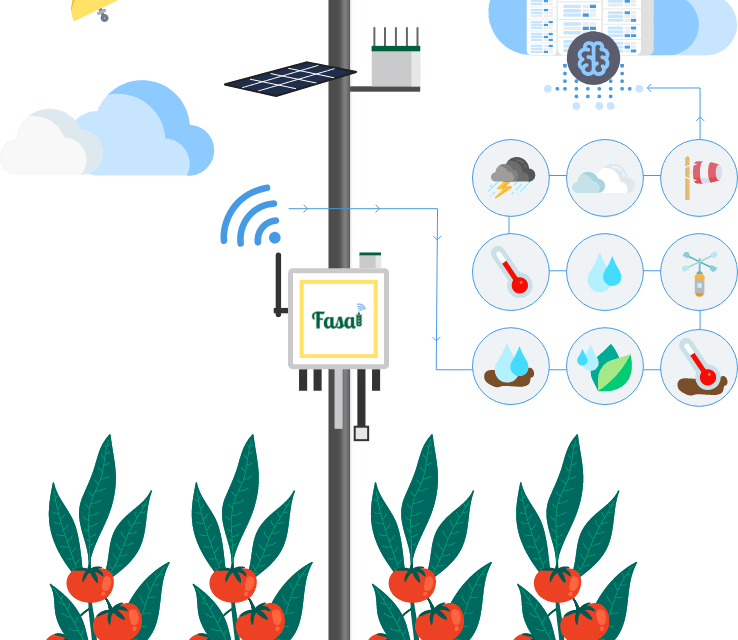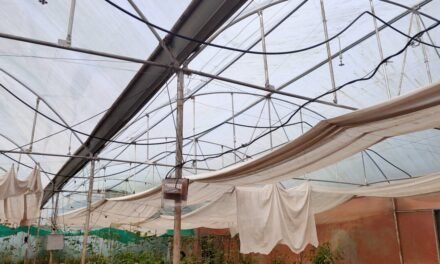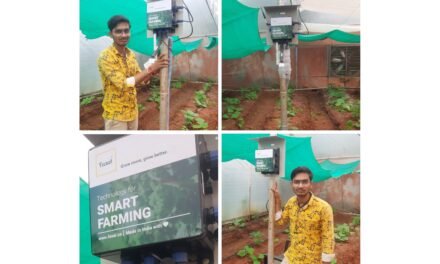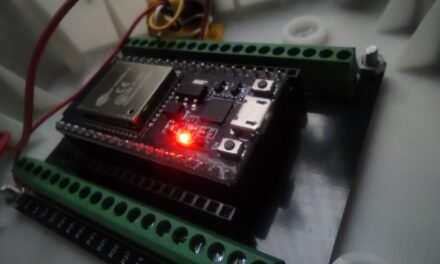Introduction
The project is to recreate a low cost Fasal device. Fasal is a data driven device for smart farming. It records many different measurements and analyse it to optimize crop growing.
My task is to compare the values with my own sensors’ values and verify the accuracy.
Fasal values are stored on the so-called app. In Vigyan Ashram we measure :
- Soil moisture (primary and secondary) [cb]
- Soil temperature [°C]
- Air temperature [°C]
- Air humidity [%]
- Vapour pressure deficit (VPD) [kPa]
- Lux [lx]
- Solar intensity [%]
- Air pressure [hPa]
Whenever I use a sensor and compare it with Fasal’s value, I store these in my own google firebase.
For air temperature, air humdity and pressure, I am using three different sensors :
- BME 280 (humidity, temperature and pressure measurement) :
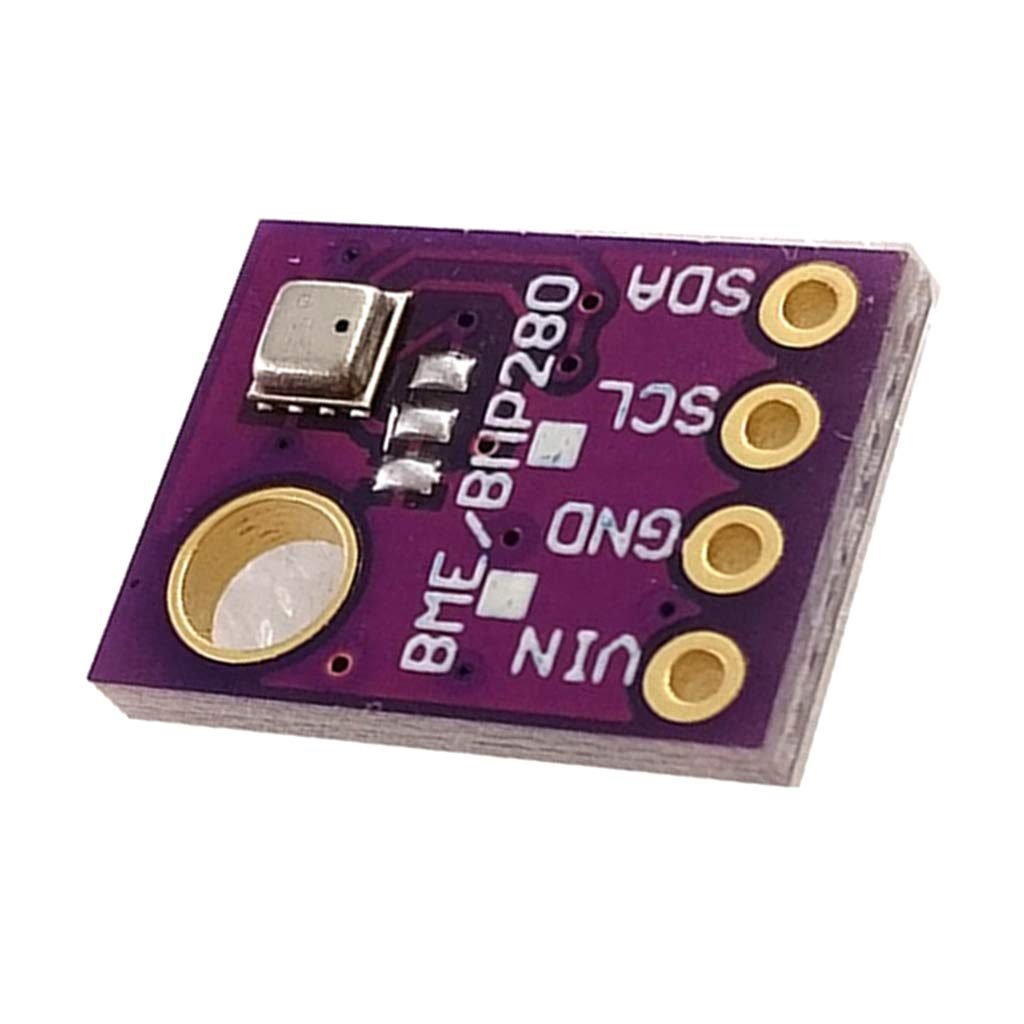
- AHT25 (humidity and temperature measurement) :

- AHT2415 (humidity and temperature measurement) :
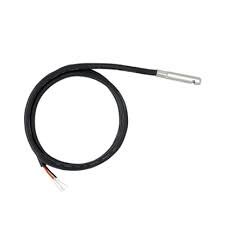
1) Soil moisture
In order to measure soil moisture, I decided not to use a resistive sensor. It is considered as being unaccurate so I considered it as a bad measurement reference.
Fasal uses two sensors (primary and secondary) that are located at different depth in the soil. They actually measure water tension rather than soil humidity. Soil water tension is the force necessary for plant roots to extract water from the soil. The unit is in centibar [cb] instead of % of water in the soil.
I decided to measure the soil moisture by using its definition. I sampled some polyhouse soil close to the Fasal’s soil moisture sensor and I compared its mass before and after evaporating all the water. To do so, I used SoilLab oven and heated the sample at 105°C until its mass stops decreasing.
Calculation of the soil moisture in [%] :
- mi : mass of soil initially
- mf : mass of soil after heating at 105°C in oven

| Sample | 1 | 2 | 3 | 4 |
| mi [g] | 15.465 | 15.997 | 17.629 | 9.85 |
| mf [g] | 12.764 | 13.205 | 14.562 | 8.12 |
| H [%] | 21.16 | 21.14 | 21.06 | 20.94 |
| Fasal’s water tension [cb] | 53.33 | 53.33 | 58.59 | 30.31 |
| Fasal’s corresponding soil moisture | 11 | 11 | 7 | 27 |
To get the corresponding soil moisture, I convert the unit using the following chart from Effect of Water Stress and Fertilization with Inorganic Nitrogen and Organic Chicken Manure on Yield and Yield Components of Potato, a paper written by Mohamed Aly Badawi and Waleed A. E. Abido.

My resuls are very different from Fasal’s measurements. The reason can be that this chart is unaccurate. Indeed, for a water tension of 34 cb (approx. 23%), Fasal’s app consider it as optimum for cucumber crop, which are vegetables that need damp soil to grow. However, 23% soil moisture in the ground cannot be considered as damp at all.
An other surprising result is that, between sample 3 and 4, I wetted Fasal’s soil moisture sensor that measured a drastic change in water tension. Nevertheless, my experiment gives me the same 21% humidity, meaning that my experiment might be also wrong.
2) Soil temperature
After some research (and according to https://www.rikasensor.com/principle-of-soil-temperature-sensor.html) soil temperature sensors are similar to the principle of ordinary temperature sensor. It is designed using the thermistor principle, but compared with the conventional temperature sensor, the soil temperature sensor has a more durable sealed shell structure that ensures the sensor to work when buried deep underground.
So, I will probably just use a BME or AHT sensor that I will bury undeground for a short amount of time and then compare the measurements.
3) Air temperature
Fasal’s air temperature is measured with a BME sensor. I used a BME myself to compare values.

I could quickly observe that both sensor measure the same temperature during the night (from 6:51 pm to 8:51 am). However, during the day, my BME sensor stored higher values. These temperatures seem too high and unrealistic for winter season. My sensor drifts with the temperature increasing.
The conclusion is that Fasal’s night temperatures are very accurate to other BMEs sensors. But I can’t tell anything for daytime measurements. I must try to compare it with another sensor, such as the AHT2415.
I have redone this experiment for a longer time period.
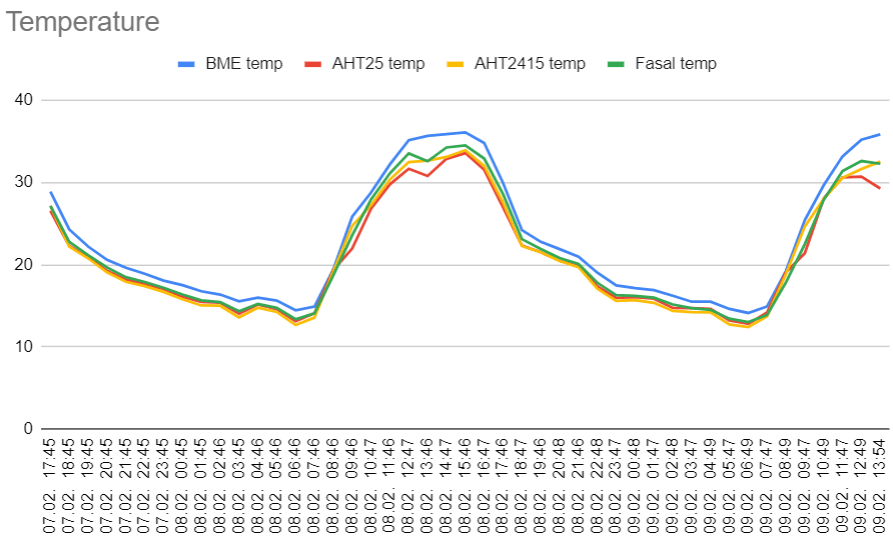
As we can see, the BME sensor measures slightly greater temperature than the 3 other devices.
4) Air humidity
Same as air temperature, air humidity is compared with my own BME sensor.
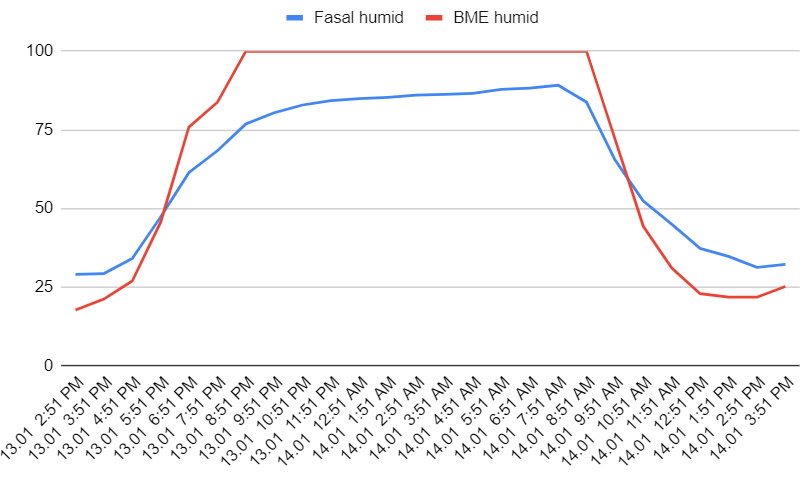
Unfortunately, my sensor’s humidity is no use since it measured an unrealistic constant 100% humidity from 9 pm to 9 am. I must redo this experiment with another sensor such as AHT2415.
I have redo this experiment for 45h :

The BME sensor gives again values too high. It is still better than my first experiment but we still have 100% humidity on the second morning. I could observe that the curve of the AHT2415 is slightly separated from the AHT25 and the Fasal curves.
5) Vapour pressure deficit (VPD)
The Vapour Pressure Deficit (VPD) is not a genuine measurement. It is a computation based on air temperature and air humidity.
The formula is (according to https://pulsegrow.com/blogs/learn/vpd#why-important):

Where :
- T is the air temperature
- RH is the relative humidity
- SVP stands for Saturated Vapour Pressure
With this formula I could reach a value very close to Fasal’s value. Indeed, I got 3.36 kPa when Fasal had 3.34 kPa. But more obviously, VPD accuracy is not important because it can be correctly computed with the wrong temperature and humidity values.
6) Lux
Lux intensity will be compared with a lux meter named GY-30 BH1750FVI.
7) Solar intensity
Solar intensity is yet a mistery. Firstly, when we talk about solar intensity, we mostly mean solar irradiance measured in watts per square metre (W/m2), but on Fasal app, it is measured in %. Secondly, Fasal values are always 97 % or 98 % constant from 9 am to 4 pm even though it is cloudy. And finally, it is odd to reach such a great value under Vigyan Ashram’s polyhouse.
I have contacted Fasal’s team to have some answer. I am waiting for the technical departement to call me.
8) Air pressure
Fasal uses a BME sensor as a pressure sensor. So, I have planned to install my BME sensor and compare the values.
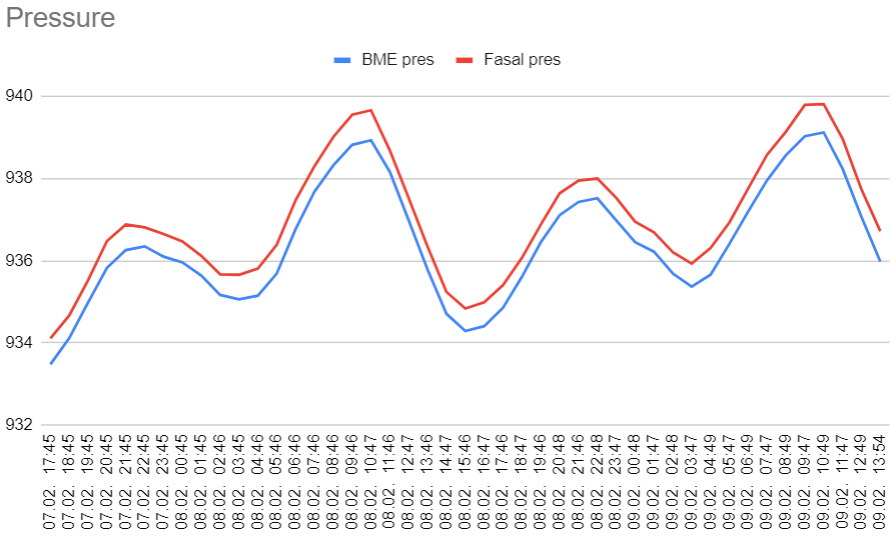
We can observe that the two curves are very similar but with a 0.5 hPa offset.
Discussion
To recreate the Fasal device, we can consider that AHT sensors are more accurate and measure very close values to Fasal’s. However, the BME sensor has a pressure sensor integrated.
It is quite surprising that the BME sensor is the less accurate since Fasal is using a BME sensor itself to measure temperature, humidity and pressure. My conclusion is that the BME sensor I used is damaged and measure wrong values and especially humidity.
In the polyhouse case, we just want to control the humidity and the temperature with the fans, pods and foggers. So, a simple AHT sensor will be enough and have a correct accuracy.
For more details on my measurements, you can visit Fablab google drive account (https://drive.google.com/drive/folders/1NHVq3mFy1Qk4OMN1yF_zGtn_LwGS-HQB?usp=sharing).

